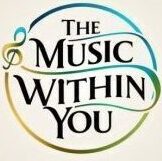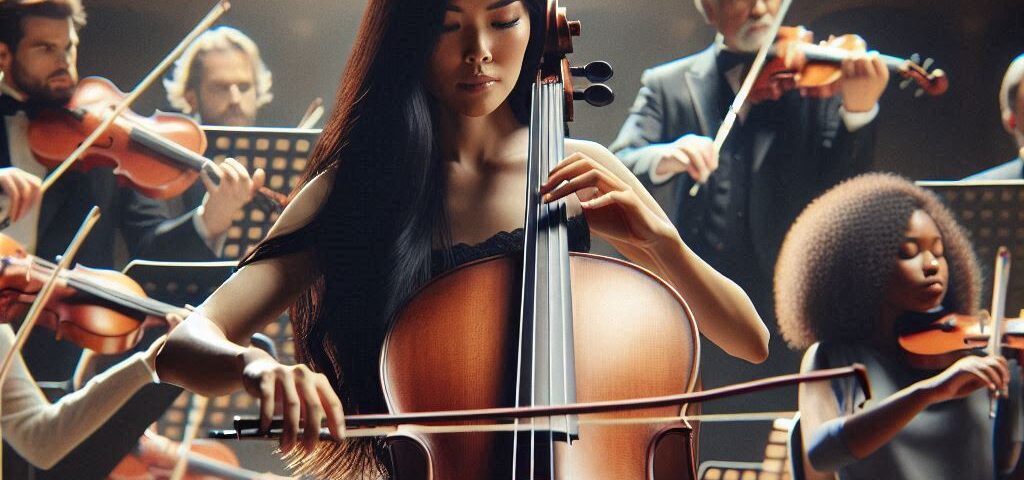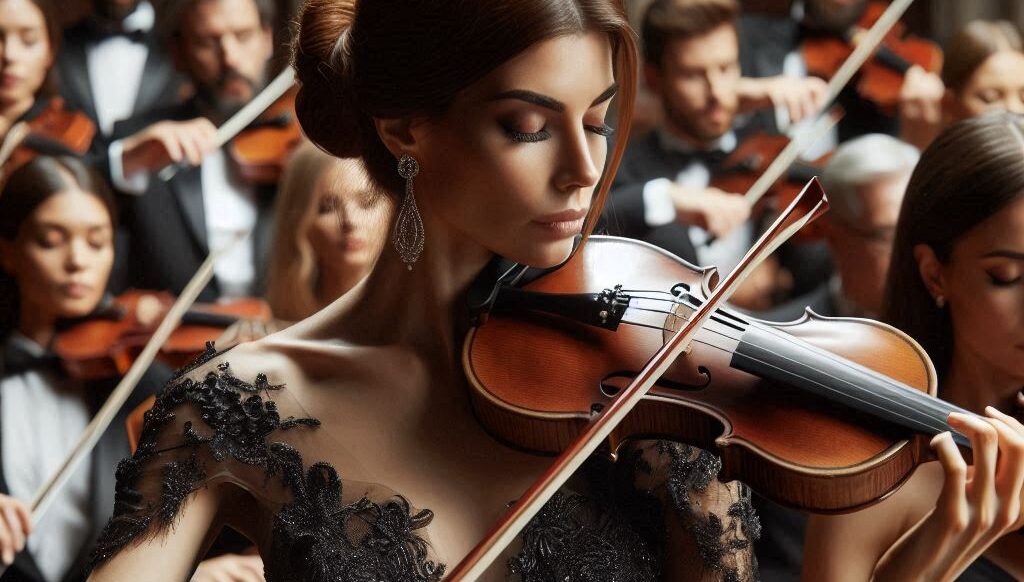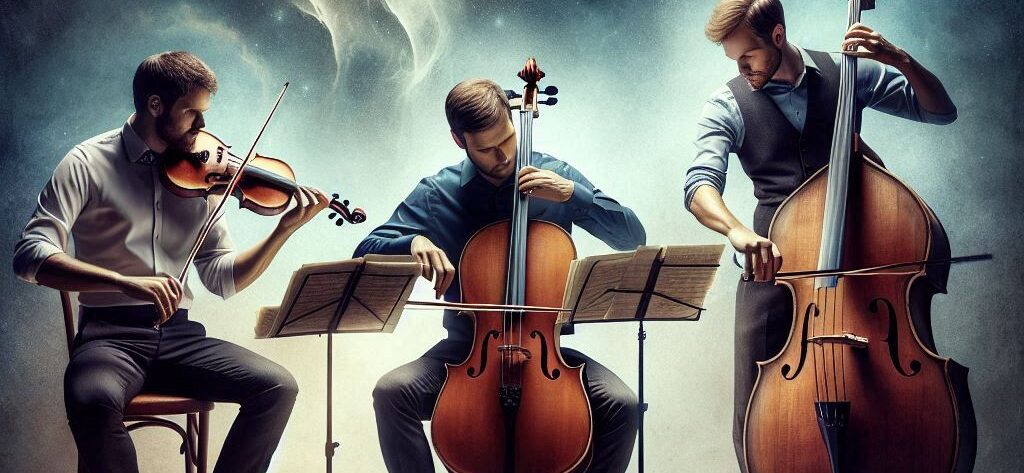So, you’ve got a fiddle and a violin in front of you, and they look pretty darn similar, right? At first glance, there’s no denying that these two four-stringed instruments come from the same family. But let’s break it down. It’s in the details where the magic happens.
First up, the structure. On the surface, fiddles and violins are basically twins. But when you start paying attention to things like bridge height and string choice, things get interesting. Fiddlers often prefer flatter bridges. Why? Because it makes those fast-paced, foot-tapping tunes way easier to play. Violinists, on the other hand, might go for a more arched bridge, offering better dynamics and allowing for precision in lyrical or classical pieces.
Strings are another biggie. You might find fiddlers leaning towards steel strings – they’re durable and pack a punch in volume, which is perfect for jamming in noisy environments. Violinists often lean into gut or synthetic strings for that warm, rich sound. But hey, there’s no hard and fast rule. It all depends on the sound you’re going for.
Now, I can’t forget about the setup itself. While a fiddler might tweak the instrument to match their style, the core structure doesn’t change. It’s all about how the player customizes it. That nuance is where personal artistry kicks in. In a way, it’s like how computer geeks customize their rigs for gaming versus graphic design. Same hardware, different styles!
And that’s the heart of it. Whether you call it a fiddle or a violin might depend on your musical mission and the setup choices you make. The more you play, the more you’ll find what feels right for your own sound.
Musical Styles and Genres – A World of Sound
When it comes to the world of music, the type of sound you produce can say a lot about whether you’re playing a fiddle or a violin. Each one has a distinct vibe and lifestyle, so to speak.
Let’s talk fiddle first. It’s got that foot-stompin’, dance-inducing energy that’s perfect for genres like folk, bluegrass, and country. You’d likely find fiddlers working those fast-paced tunes at barns, pubs, or outdoor festivals, hitting notes that get everyone clapping and dancing. It’s about creating a lively atmosphere, and fiddlers are brilliant at that.
Now, on the flip side, the violin tends to shine in the classical, jazz, and orchestral halls. Think symphonies, operas, and concertos. It’s where precision meets emotion. Violinists might be playing those smooth, flowing notes that fill large, echoing spaces with rich harmonies.
But here’s the kicker: there’s a lot of crossover. Many musicians enjoy bending the rules, taking a piece meant for one style and reimagining it for another. It’s that creative space where a violinist might find themselves jamming to a jig or a fiddler trying their hand at a classical sonata.
If you’re a musician, consider what draws you. Do you want to make people dance, or is it the emotional connection of classical music that moves you? Sometimes the best decision is to experiment with both and see what fits your personal groove.
Techniques, Techniques – Playing the Fiddle vs. Playing the Violin
Playing the fiddle and the violin isn’t just about different genres; it’s also about technique, which can vary quite a bit. When you watch a fiddler, you might notice their relaxed stance, often tapping a foot to the beat. Improvisation is king in fiddle music, making it lively and spontaneous.
The violinist, however, often displays precision and structure in their performance. Classical pieces demand accuracy and control, with violinists typically focused on perfecting every note according to the composer’s direction. Bowing techniques can be elaborate, with some pieces requiring intricate bowing patterns to achieve the desired sound.
But it’s not as rigid as it sounds. Many musicians blend styles. Some elite fiddlers have a background in classical training, and vice versa. This mash-up of skills can lead to creativity that’s both technically sound and soulfully expressive.
If you’re picking up the instrument, think about how you want to express yourself. Are you drawn to the freedom of making it up as you go along, or do you have a love for the challenge and artistry of classical music? There’s excitement and fulfillment in both paths, so why not give them both a whirl?
The Real Difference? – Appreciating the Diversity
Wrapping it all up, the line between fiddles and violins is more about style and culture than clear-cut differences. Whether it’s the exhilarating tunes of a fiddle or the emotive expressions of a violin, both instruments offer a world of musical diversity.
Consider your personal connection. What speaks to your heart? Are you enticed by the lively energy of fiddle music, or do you find yourself mesmerized by the complexity and discipline that comes with being a violinist?
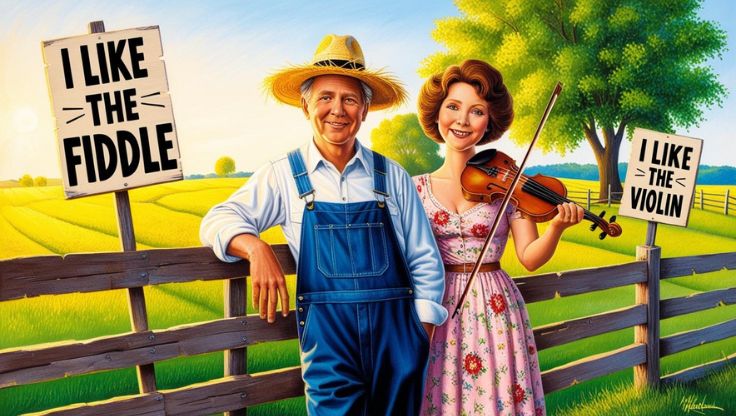
Ultimately, the choice of what to play depends on your own musical journey. Embrace the joy and challenges of each, and you’ll find that each path offers unique rewards.
Whether you’re swaying an audience with soulful ballads or getting feet tapping with a sprightly jig, the richness of sound you create is the true testament to the instrument in your hands. Explore, play, and, most importantly, enjoy the music!

